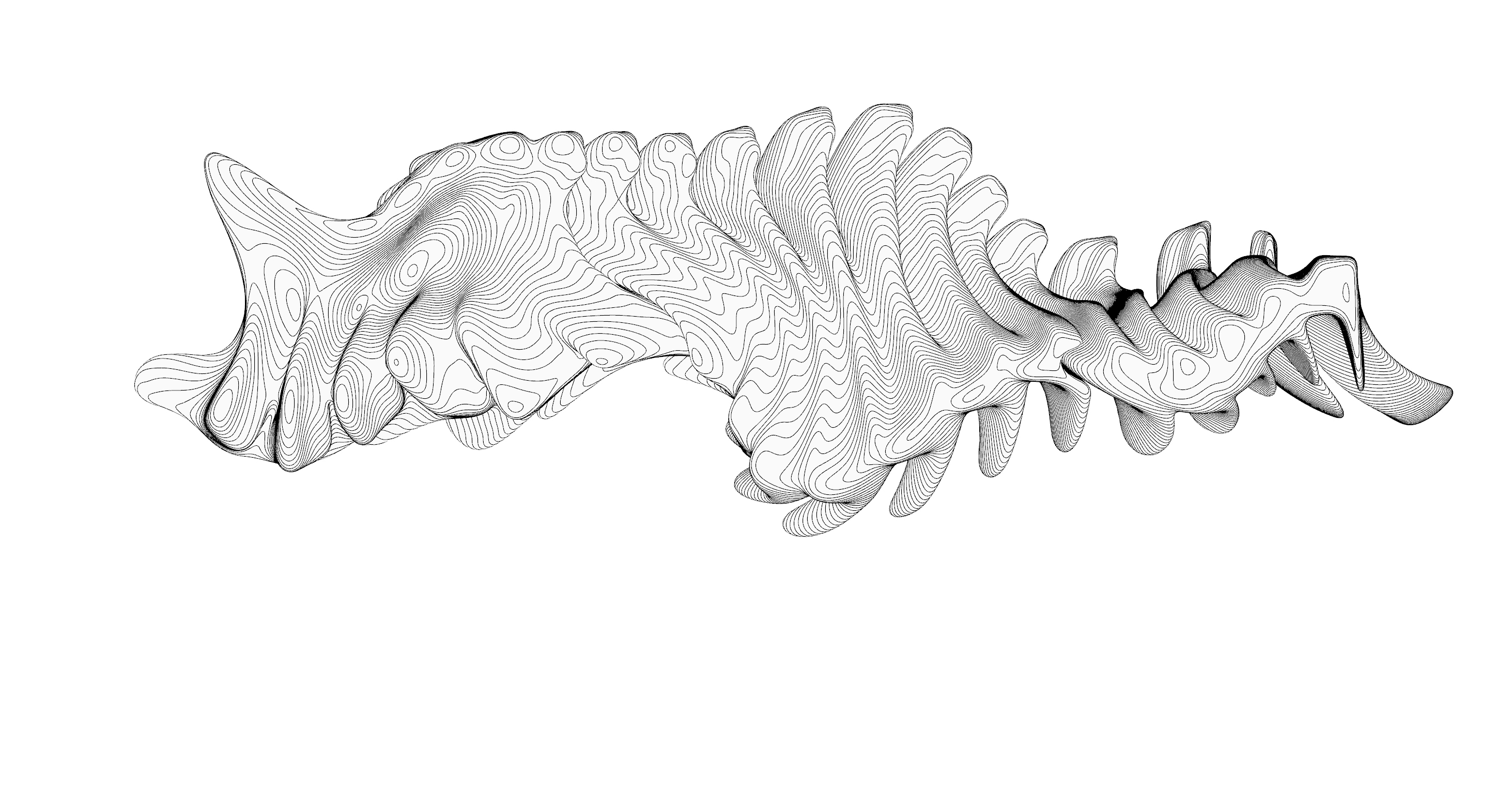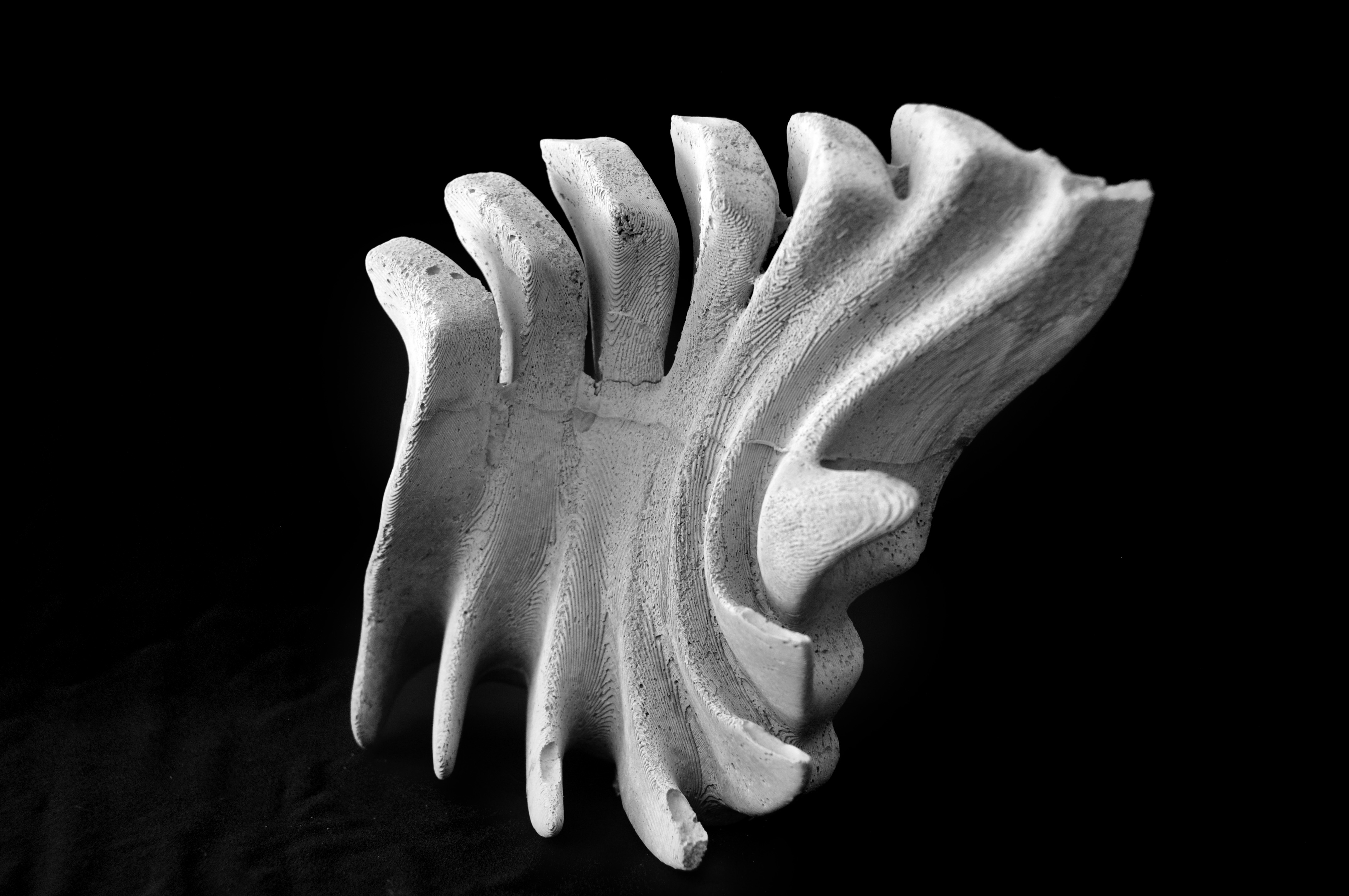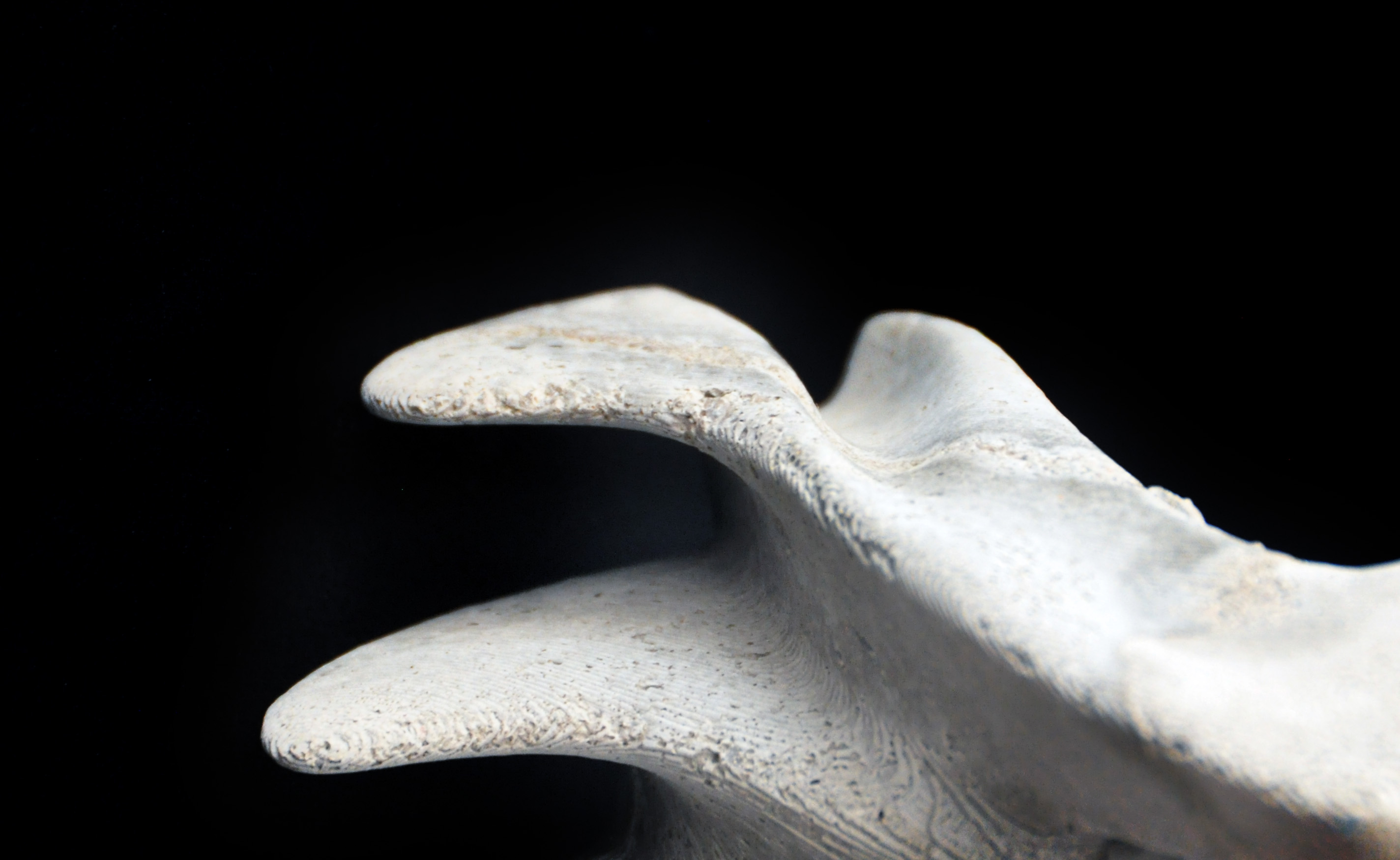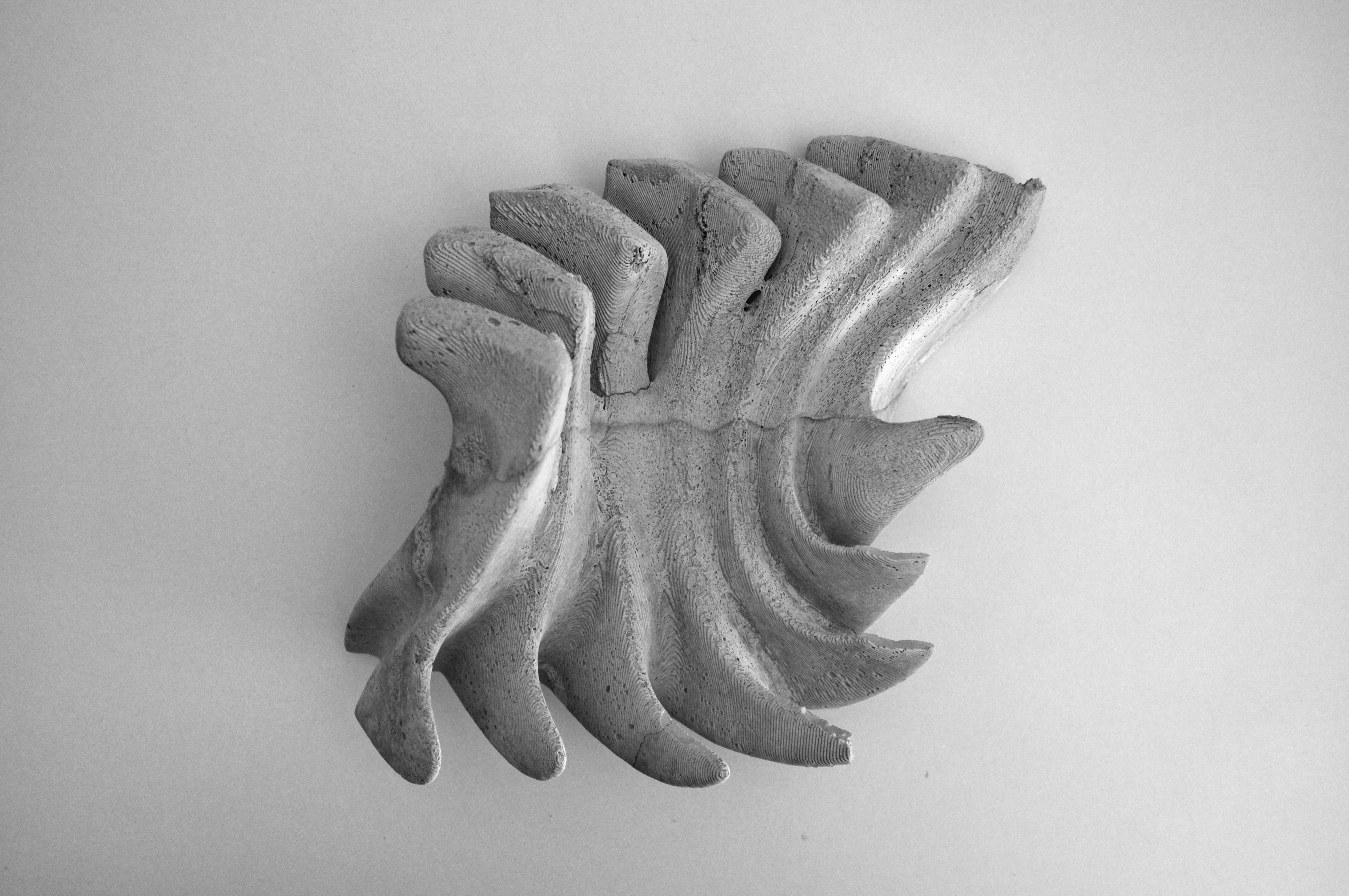2018
Material research






“[N]othing is not the opposite of
something; nothing is the absence of something, the empty place left by
something. [...] In other words, nothing is the negative form of something
without this something. Nothing is therefore not the opposite of something, but
rather the opposite of something added to the absence of this something. Nothing
is the addition of the opposite and
absence of something. [...] The opposite of the universe is what the universe
already is in, such that I consider it as something; it
is its form, its negative. The absence of the universe, on the other hand, is
not its form, but the form devoid of its thing, an objectless mould. Therefore, I have confounded form and absence, like
someone who removes the mould of the sculpture of a woman’s body and confuses
the impression with the very absence of the woman, or the carefully handled hollow of the mould with the
disappearance of the model.
They would thus think, in one way or another, that
what was completely around the woman’s body to mould it was the absence f the woman’s body. Now, specifically,
what was around the woman’s body was a mould. The absence of the woman’s body
is not the mould itself, but rather the withdrawal of the body from the mould. In fact, the mould remains
the same as the body – either present or absent – and it points to an unaltered
form. The clay-like mould is not the absence of the woman’s body, but its negative. When the casting took place,
this negative existed at the same time as its positive and it subsisted when
the body came out of its coating. Therefore, absence is not an object, but an
event; it is not the form of the mould, but the event of having withdrawn the
body from the mould.”
Tristan Garcia, Form and Object: A Treatise on Things (Edinburgh: Edinburgh University Press, 2014), 51.
Tristan Garcia, Form and Object: A Treatise on Things (Edinburgh: Edinburgh University Press, 2014), 51.
